|
So You Wish to Sell Part or
All of Your Collection
by Bob Brooke
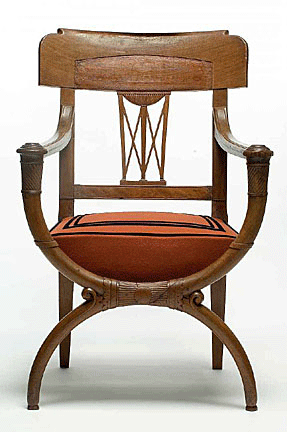 Every
day I get messages from people looking for the value of an antique or
collectible that either they own, found, or have inherited. In nearly
all cases, these people are looking to sell an object or objects for
which they think they’ll get big bucks. But, unfortunately, about the
most they’ll see is a fraction of their value. Every
day I get messages from people looking for the value of an antique or
collectible that either they own, found, or have inherited. In nearly
all cases, these people are looking to sell an object or objects for
which they think they’ll get big bucks. But, unfortunately, about the
most they’ll see is a fraction of their value.
And then there’s the long-time collector who assumes that what he or she
has must be worth a lot because they’ve held onto it for so long. In
fact, a collector needs to hold onto an antique or collectible for at
least 10 years to make any headway.
And all of these people are looking for the easiest way to sell the
objects from their collections. Perhaps you’re one of them.
There’s no easy way to do this. Successfully selling any antique or
collectible takes time and research. But before you begin to sell
anything, you’ll need to learn the basics of selling in the antiques and
collectibles markets.
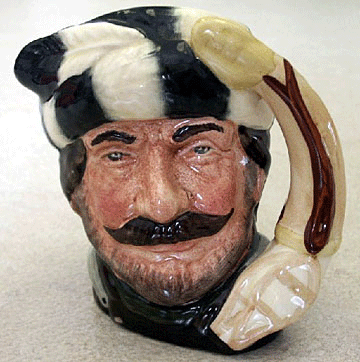 Regardless
of how you plan to sell your items, the state of the market for them is
of prime importance. When a market for an object is flat, you’ll have a
difficult time selling anything. When a market is flush, you should be
able to get nearly what an object is worth or even more, especially if
an item is “hot”—lots of collectors want it. Regardless
of how you plan to sell your items, the state of the market for them is
of prime importance. When a market for an object is flat, you’ll have a
difficult time selling anything. When a market is flush, you should be
able to get nearly what an object is worth or even more, especially if
an item is “hot”—lots of collectors want it.
Another thing that affects the price you can get for a particular object
is where you plan to sell it. Typical sales venues include garage sales,
flea markets, dealers, auctions, and the Internet.
Garage and yard sales make up the entry level market. Flea market
dealers scour them regularly looking for items they can sell for a small
profit. And antique pickers do the same, trying to discover objects they
can sell to antique dealers. Each of these buyers needs to make a
profit. But too many garage sale sellers think they should get what an
item is worth. That almost never happens, except for common household
things.
Selling to a Dealer
If you have something that you consider somewhat valuable, selling to an
antiques dealer seems quick and easy. And when you look at your antiques
or collectibles, the prices at which you've seen them offered at shows
and in antique shops spin through your mind—$500, $1,000, $5,000.
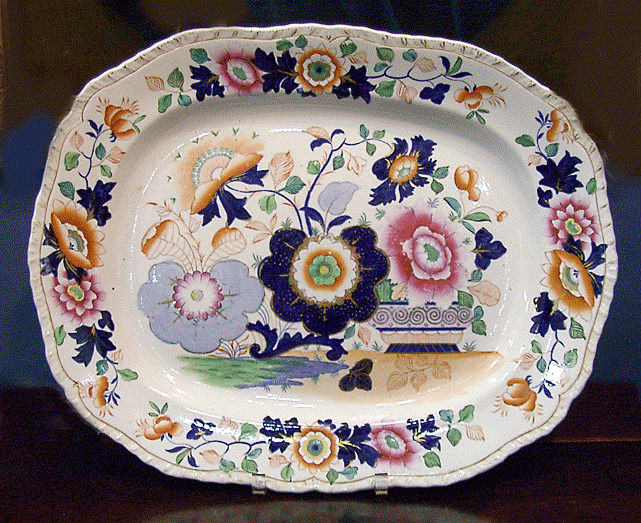
However, a dealer operates like any other retail store. He or she has to
buy at as low a price as possible to cover costs and be able to offer
the goods at an attractive price — while being compensated for their
time, and making a profit. Costs include booth and/or store lease, table
or showcase rental, operating costs of a van, packaging for transit,
accounting and tax filings, display stands, interest on money borrowed
to buy stock for resale, and many other lesser costs.
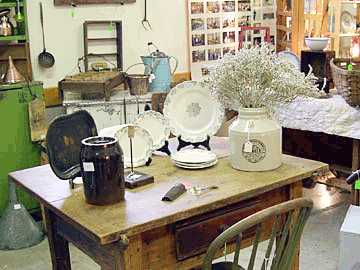 For
a one-day antiques show, for example, dealers may have to get up early
in the morning and drive 100 miles or more to get to the show. And with
the price of gas these days, travel, even for 100 miles in a
gas-guzzling van, doesn’t come cheap. Once set up, they need to scout
out what other dealers are selling and their asking prices, so that they
can adjust their prices if necessary. At the end of the day, having sold
some of their stock but certainly not all of it, they repeat the process
in reverse—packing goods, dismantling displays, and driving home. During
the day, they need to buy breakfast, lunch and dinner, plus water, soda
or coffee. For multi-day shows, they’ll have to pay for a hotel room. For
a one-day antiques show, for example, dealers may have to get up early
in the morning and drive 100 miles or more to get to the show. And with
the price of gas these days, travel, even for 100 miles in a
gas-guzzling van, doesn’t come cheap. Once set up, they need to scout
out what other dealers are selling and their asking prices, so that they
can adjust their prices if necessary. At the end of the day, having sold
some of their stock but certainly not all of it, they repeat the process
in reverse—packing goods, dismantling displays, and driving home. During
the day, they need to buy breakfast, lunch and dinner, plus water, soda
or coffee. For multi-day shows, they’ll have to pay for a hotel room.
If you're selling postcards from your collection to a dealer, for
example, expect to get from 10 to 25 percent of the eventual selling
price, unless you want to log a string of 12-hour days yourself, use a
lot of fuel, and incur all the other related costs, in which case you
might not net any more but will still have a lot of your stock unsold.
Many other collectibles and antiques will fall within this range, and
you certainly shouldn't expect to get even 50 percent of the final
offering price for anything.

Sounds like a lot of work. It is. Plus, you want to get top dollar. So
you consider auctioning your collection.
Selling at Auction
Selling at auction seems so quick and easy that you wonder why everyone
doesn't do it. You've read about fine 18th-century furniture selling in
spirited bidding for hundreds of thousands of dollars. Shouldn't your
treasures attract the same attention?
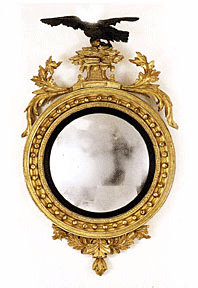 The
reality is that for every high-dollar, headline-grabbing sale of an
antique by a noted maker, there are lots of sales at much lower prices.
And don’t forget about goods which have been offered at auction and
attracted no bids, or no bids approaching the reserve price. They don't
make the headlines. So be realistic about the possible outcomes. The
reality is that for every high-dollar, headline-grabbing sale of an
antique by a noted maker, there are lots of sales at much lower prices.
And don’t forget about goods which have been offered at auction and
attracted no bids, or no bids approaching the reserve price. They don't
make the headlines. So be realistic about the possible outcomes.
Like dealers, auctioneers have overhead costs. Premises costs can be a
significant item, given that many major auction houses don't run sales
every week. In between sales, there's the work of examining and
cataloging sale items, while estimating sale prices and negotiating
reserves, if any, with the consignor. Today, auctioneers also need to
have someone update their Web sites, as well as prepare magazine and
newspaper advertisements. And nobody works for free.
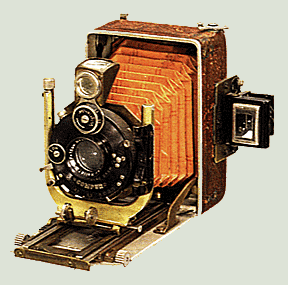 Many
auction houses have specialties. When they have specialties, they
generally have a regular mail or Email list of serious collectors who
are regular bidders for their area of interest. Look at auction
advertisements in antiques publications to see which auction houses
feature which specialty areas. If there are no specialty auction houses
for your collection's gems, there may be periodic specialty auctions.
Make sure that you enter your objects at the right auction house, in the
right auction, with the key players aware of the sale. Many
auction houses have specialties. When they have specialties, they
generally have a regular mail or Email list of serious collectors who
are regular bidders for their area of interest. Look at auction
advertisements in antiques publications to see which auction houses
feature which specialty areas. If there are no specialty auction houses
for your collection's gems, there may be periodic specialty auctions.
Make sure that you enter your objects at the right auction house, in the
right auction, with the key players aware of the sale.
Auctioneers charge a commission on their sales. Accordingly, they want
to have goods that are of good quality, and of significant collector
value. Don't expect them to spend time selling a damaged or common
poster, or a low-value piece of china. What about selling on the
Internet?
Selling on the Internet
If your objective is to sell quickly, you may want to sell on the
Internet. But realize that effective Internet selling takes the time and
expertise of a dealer, the knowledge, preparation and documentation
skills of an auction house, and an array of Internet savvy that you
don't pick up overnight.
If you're going to let someone else—an antiques dealer or auctioneer—do
the selling work for you, expect to have to pay for it. It's always
easier to buy than to sell. Maybe you should continue to enjoy your
collection.
<
Back to Antiques Extra! Archives
Next Editorial
>
|
